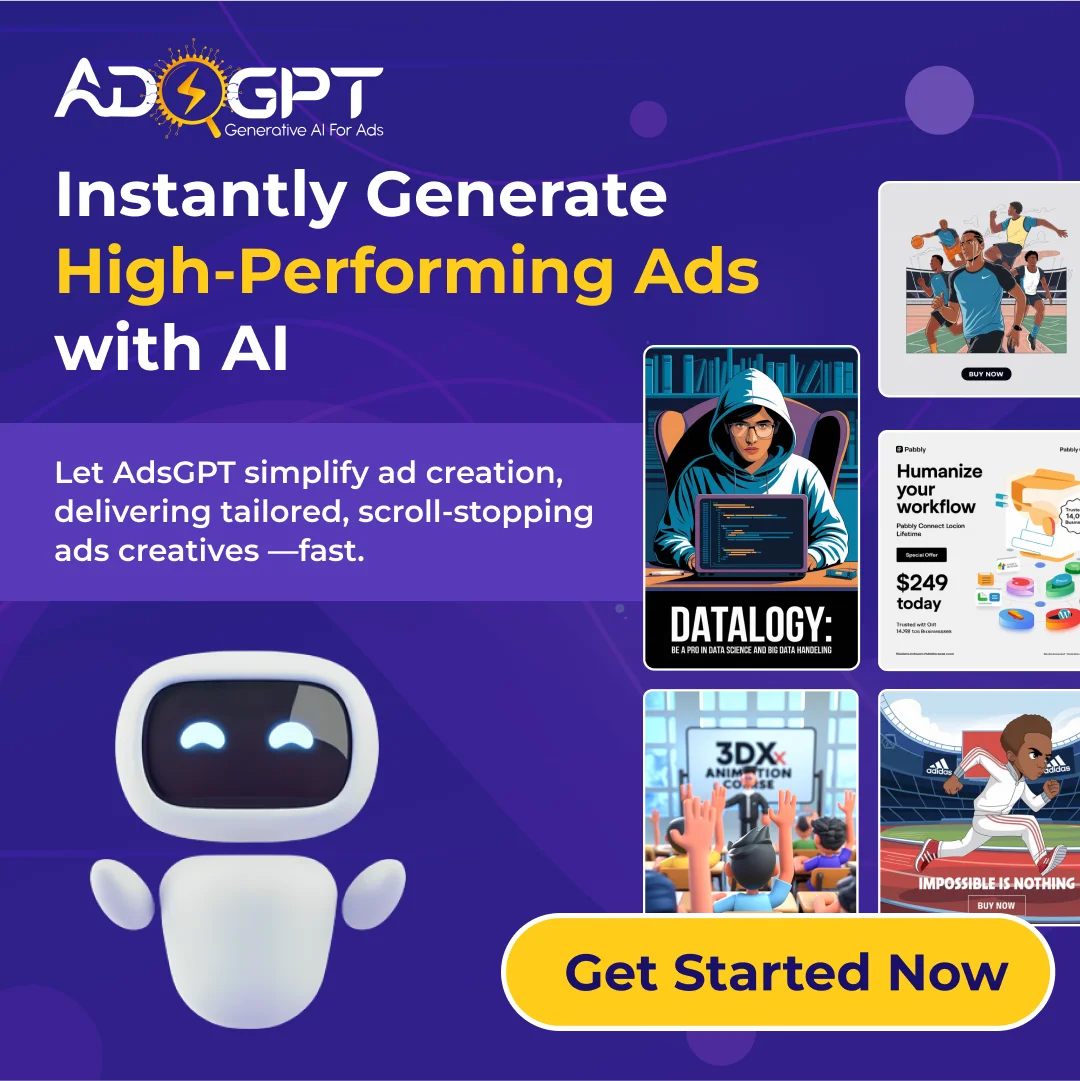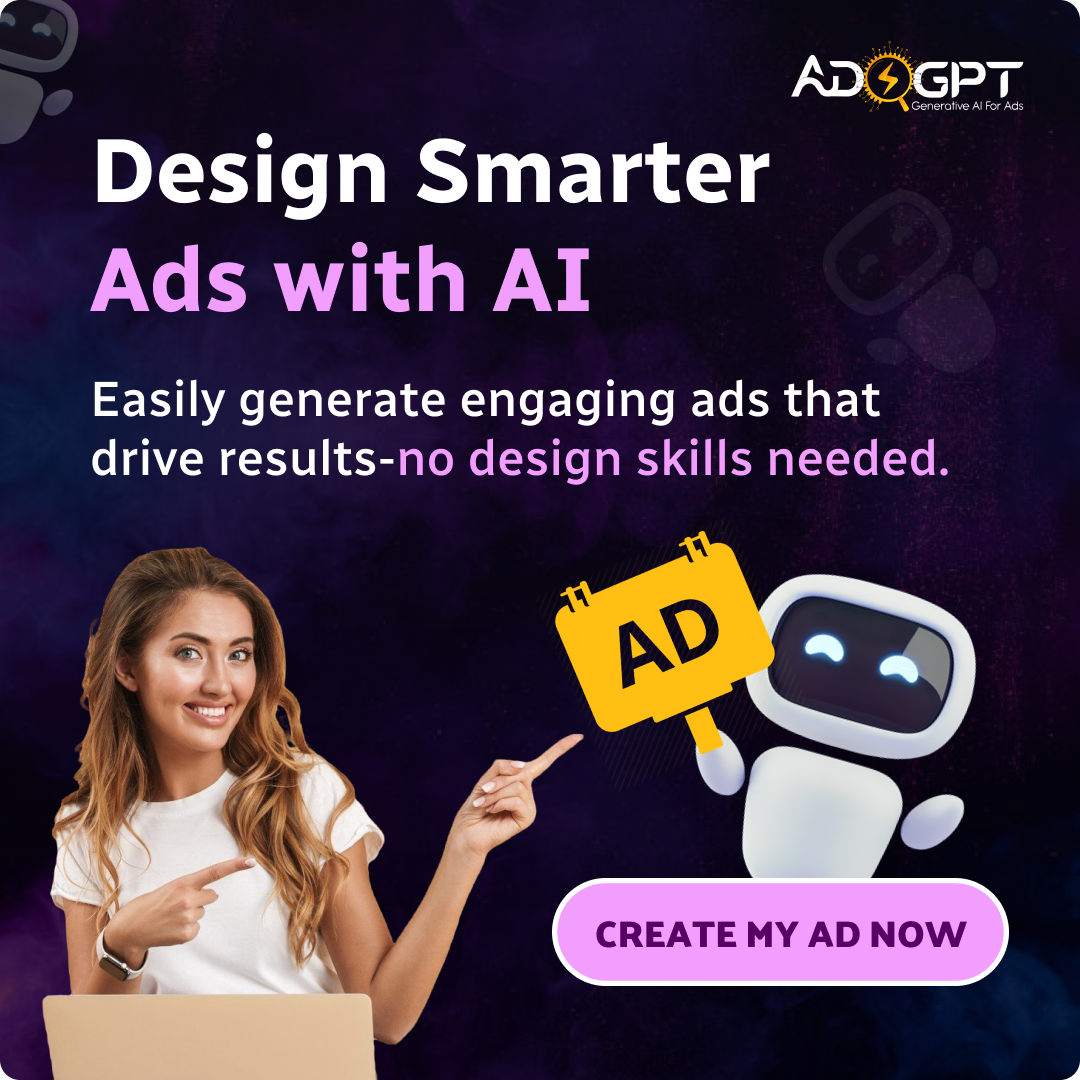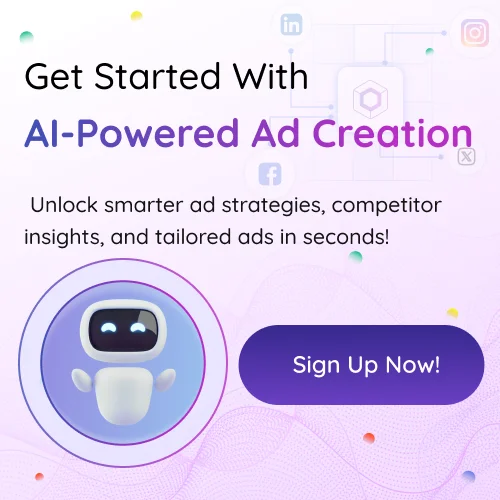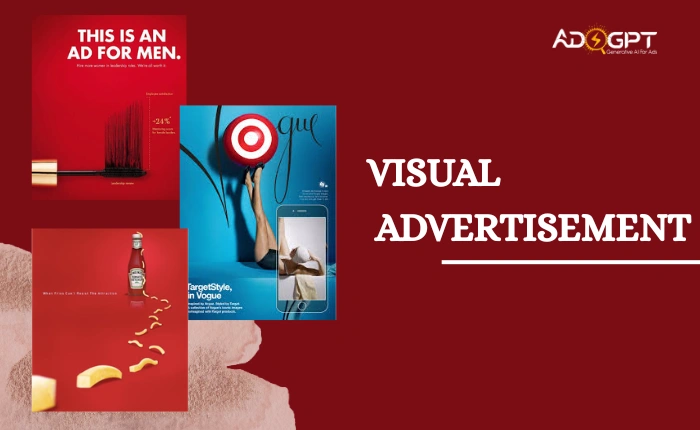
People often decide what to click on in less than a second. That’s why a powerful visual advertisement can make all the difference in driving attention and sales. The right design, messaging, and timing can stop users mid-scroll and pull them into your world.
Whether you’re launching a new product or scaling an ongoing campaign, compelling visuals aren’t optional; they’re essential. If your ad doesn’t speak clearly and quickly through its visual elements, your audience is already gone.
Let’s explore what makes visual media content work, how to improve your ad creation game, and how to get help from smart tools like AdsGPT.
In a hurry? Listen to the blog instead!
What Is Visual Content And Why Does It Matter Today?
Visual content includes everything your audience sees, from videos and images to infographics and illustrations. It captures attention faster than text and helps people remember your brand. Think of how often you stop to look at a great graphic, a meme, or a video while scrolling. That’s the power of visual content.
People process images 60,000 times faster than text. On top of that, they retain information better when it’s presented visually. That’s why brands that use visual advertisement strategies tend to outperform those that don’t.
A clear image paired with strong messaging delivers impact. It’s not about stuffing content with text. It’s about showing your story at a glance.
The Rise Of Visual Content Marketing In 2025?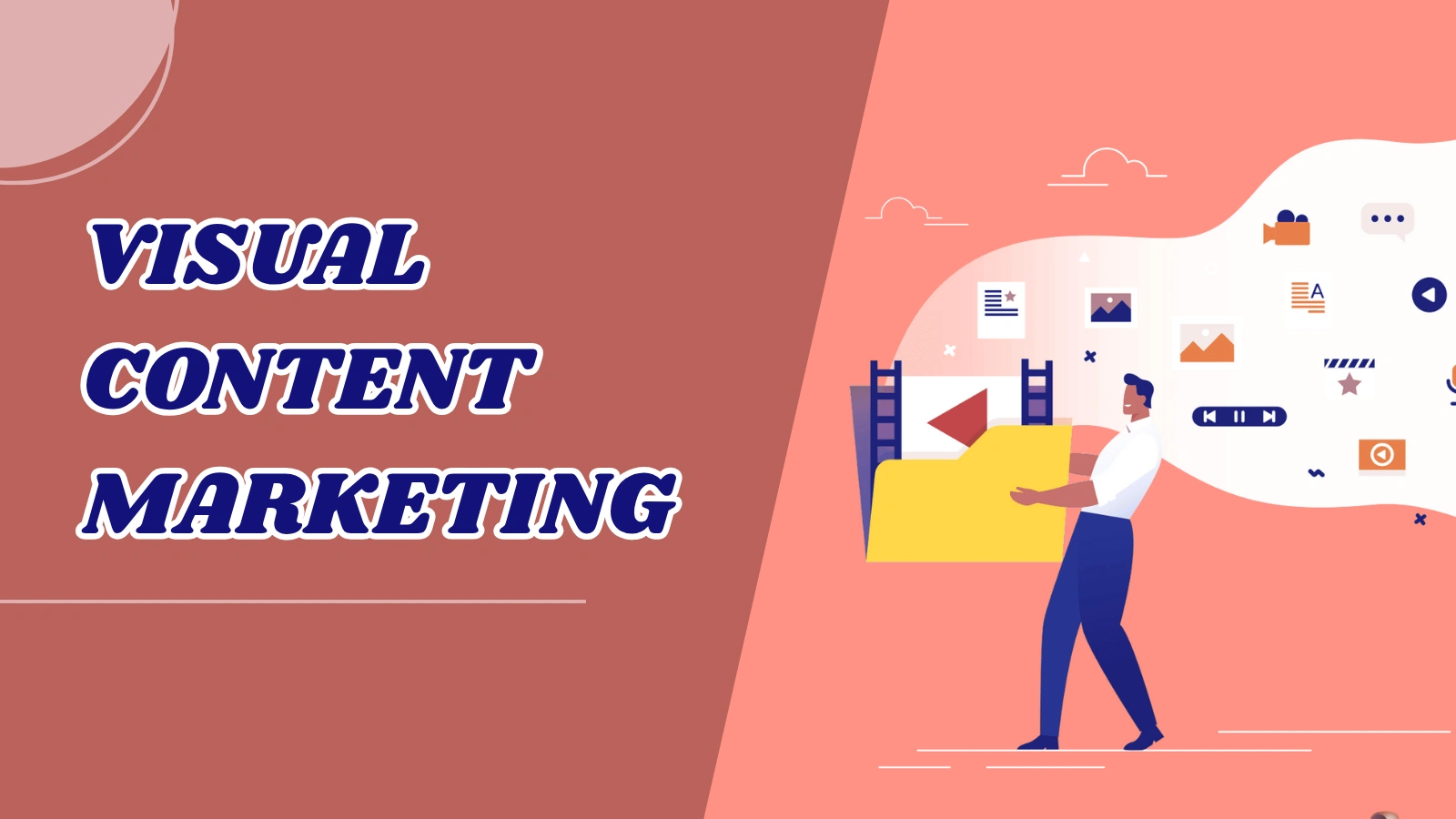
In 2025, visual content marketing has evolved from a “nice-to-have” into a non-negotiable part of brand strategy. With digital users consuming more content than ever before and doing it faster, brands are under pressure to deliver instant value. Visuals do exactly that. They communicate complex ideas in seconds, evoke emotion, and help content stand out in a sea of scrolling. Platforms like Instagram, TikTok, YouTube Shorts, and even LinkedIn are doubling down on visual-first formats. Whether it’s a snappy infographic, a polished product mockup, or a behind-the-scenes video, visual content is the primary driver of engagement. Static text posts just don’t perform the way they used to. People want experiences, not just information, and compelling visuals offer that experience instantly.
Read More!
Product Advertisements: How to Master Impactful Campaigns?
How To Create High Converting Ad Creatives With AI?
Why Visuals Drive Engagement and Conversions?
The rise of short-form video has transformed the way marketers approach content. Instead of long-winded messages, brands are now crafting snackable visual content carousel posts, memes, GIFs, and 15-second videos that grab attention and communicate key messages in seconds. Today’s top marketers aren’t just aiming for likes or views; they’re using visuals to tell compelling stories, build trust, and lead audiences toward meaningful action.
This approach is especially effective in product advertisement campaigns, where visual storytelling can highlight features, demonstrate benefits, and spark desire all within moments. High-performing campaigns often rely on strong visuals to convey value instantly.
Visual consistency also plays a huge role in brand recognition. Using the same colors, fonts, and design style across platforms helps create a cohesive identity. When your audience can recognize your brand in just a few seconds, trust builds faster and so does engagement. That emotional connection, combined with clean, purposeful design, is what turns casual viewers into loyal customers.
Effective visuals aren’t just about aesthetics; they’re strategic tools in every successful marketing and product advertising effort.
Great visual content aligns with campaign goals. Each image, reel, or layout should serve a purpose, driving clicks, sign-ups, or sales. That’s why tools like AdsGPT have become invaluable, helping marketers create strategic, goal-focused visual advertisements without needing advanced design skills. Looking forward, visual content marketing will only grow more critical. AI tools, AR filters, and immersive design experiences will continue to push boundaries. But at the core, success will still depend on one thing: your ability to create visuals that connect, clarify, and convert.
How To Create Visual Ads With AdsGPT – Step-by-Step
Creating scroll-stopping visual ads doesn’t have to be complicated. With AdsGPT, even beginners can generate platform-ready ad creative in just a few clicks. Here’s how you can turn your ideas into high-performing visual ads effortlessly:
Step 1: Log in to AdsGPT
Start by signing in to your AdsGPT account. If you’re new, create a free or premium account based on your ad needs.
Step 2: Select Your Ad Platform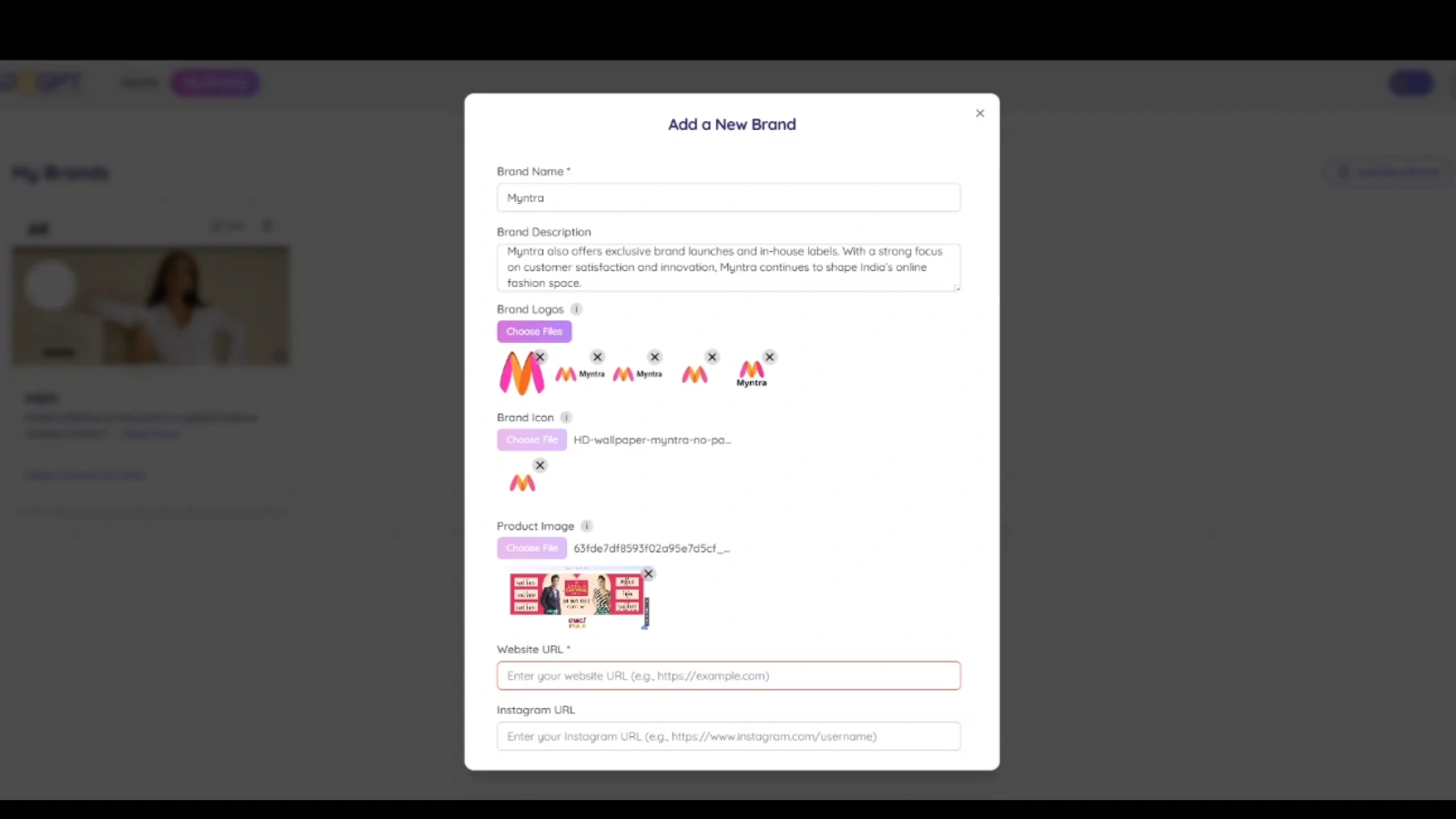
Choose the platform you want to create an ad for: Google, Meta (Facebook/Instagram), LinkedIn, Twitter, or others. AdsGPT optimizes visuals and copy based on the platform’s specific format and audience behavior.
Step 3: Enter Your Campaign Details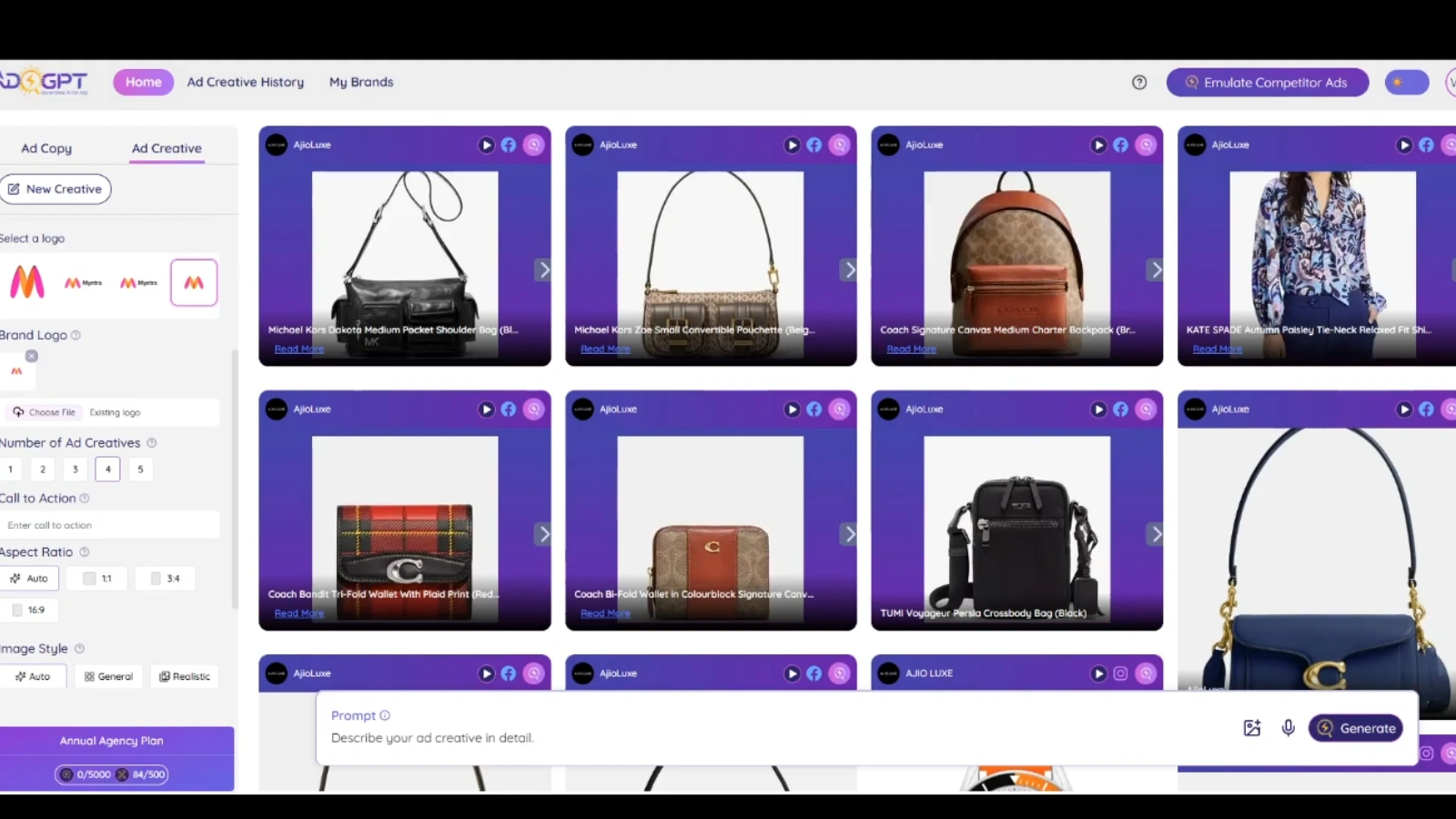
Provide basic input like:
- Product or service name
- Campaign goal (e.g., conversions, traffic, awareness)
- Target audience
- Brand tone (professional, playful, urgent, etc.)
Step 4: Generate Visual and Ad Copy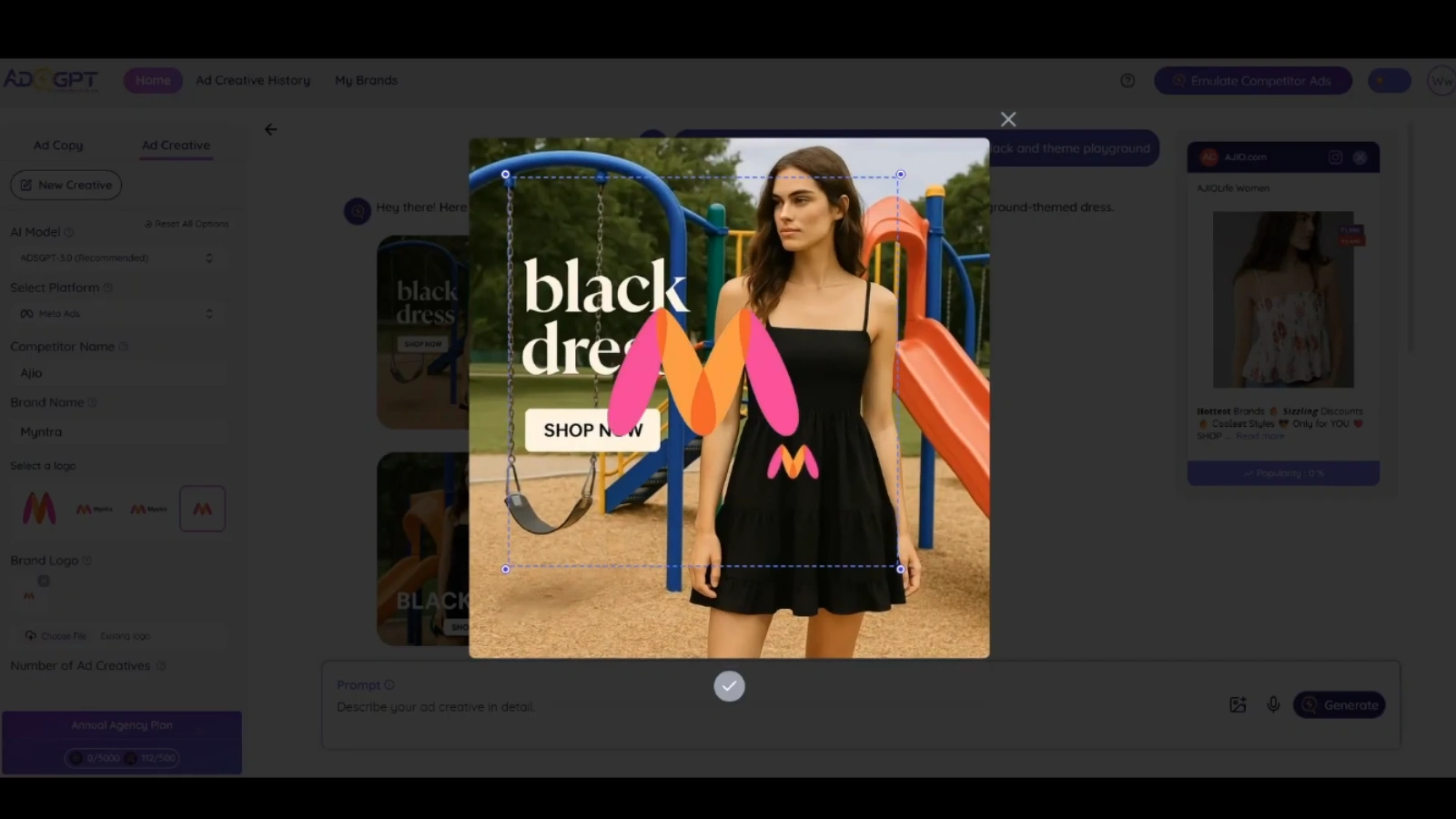
Click “Generate Ad.” AdsGPT will create:
- Platform-specific visual ad designs (including image layout and CTAs)
- Engaging, conversion-focused ad copy tailored to the selected platform
Step 5: Browse Competitor Ads (Optional)
If you need creative direction, use the competitor ad inspiration tool. Select sample ads you like, and AdsGPT will replicate the tone, structure, and style with your product’s messaging.
Step 6: Customize and Edit
Review the generated visual and copy. Use the built-in editor to:
- Adjust colors, fonts, or imagery
- Edit headlines, text, and CTA buttons
- Add logos or product screenshots
Step 7: Save and Preview
Preview how the ad will look live on the chosen platform. You can save your ad to your dashboard, download the assets, or make revisions before publishing.
Step 8: Track and Optimize
Use AdsGPT’s dashboard to:
- View ad history
- Compare different versions
- Duplicate high-performing ads
- Fine-tune future campaigns with data-backed decisions
Why Use AdsGPT for Visual Advertisement Creation?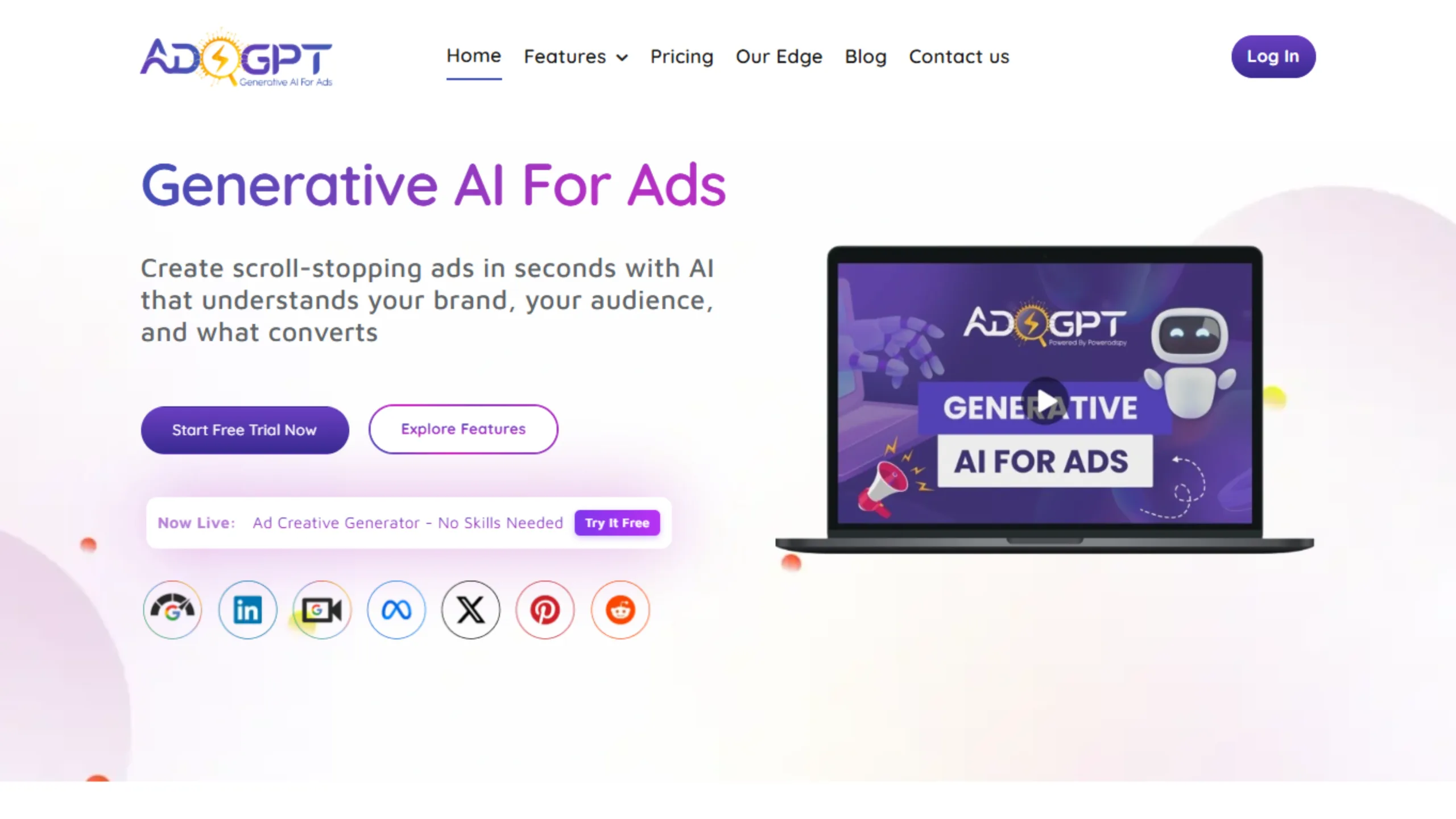
Improved Speed and Efficiency
With AdsGPT, you can generate professional-grade visual advertisements in just seconds. This is ideal for businesses working under tight deadlines or managing multiple campaigns at once. Instead of spending hours designing and reviewing, you get instant results that are ready to publish.
Cost-Effective Solution
Hiring a full creative team can be expensive, especially for small businesses or startups. AdsGPT provides agency-level visuals and compelling ad copy at a fraction of the cost. You save on design resources while still maintaining a polished, professional brand image.
Strategic Creative Process
AdsGPT doesn’t just create visuals, it offers data-backed creative suggestions that align with marketing goals. Whether you need eye-catching headlines or layout guidance, the tool helps you craft content that converts. Every output is designed to drive real engagement, not just look good.
Data-Driven Insights
Take the guesswork out of ad creation with access to performance metrics and competitor analysis. AdsGPT provides insights into what works in your industry, helping you tweak designs and messaging. Use these analytics to fine-tune campaigns and continuously improve ROI.
The world of digital marketing moves fast. With AdsGPT by your side, your visuals will not only keep up, they’ll lead the pack. Whether you’re creating your first visual advertisement or refining your hundredth, smart tools and proven strategies will help you stand out. Let your visuals speak louder than words.
How To Design Scroll-Stopping Social Media Visuals?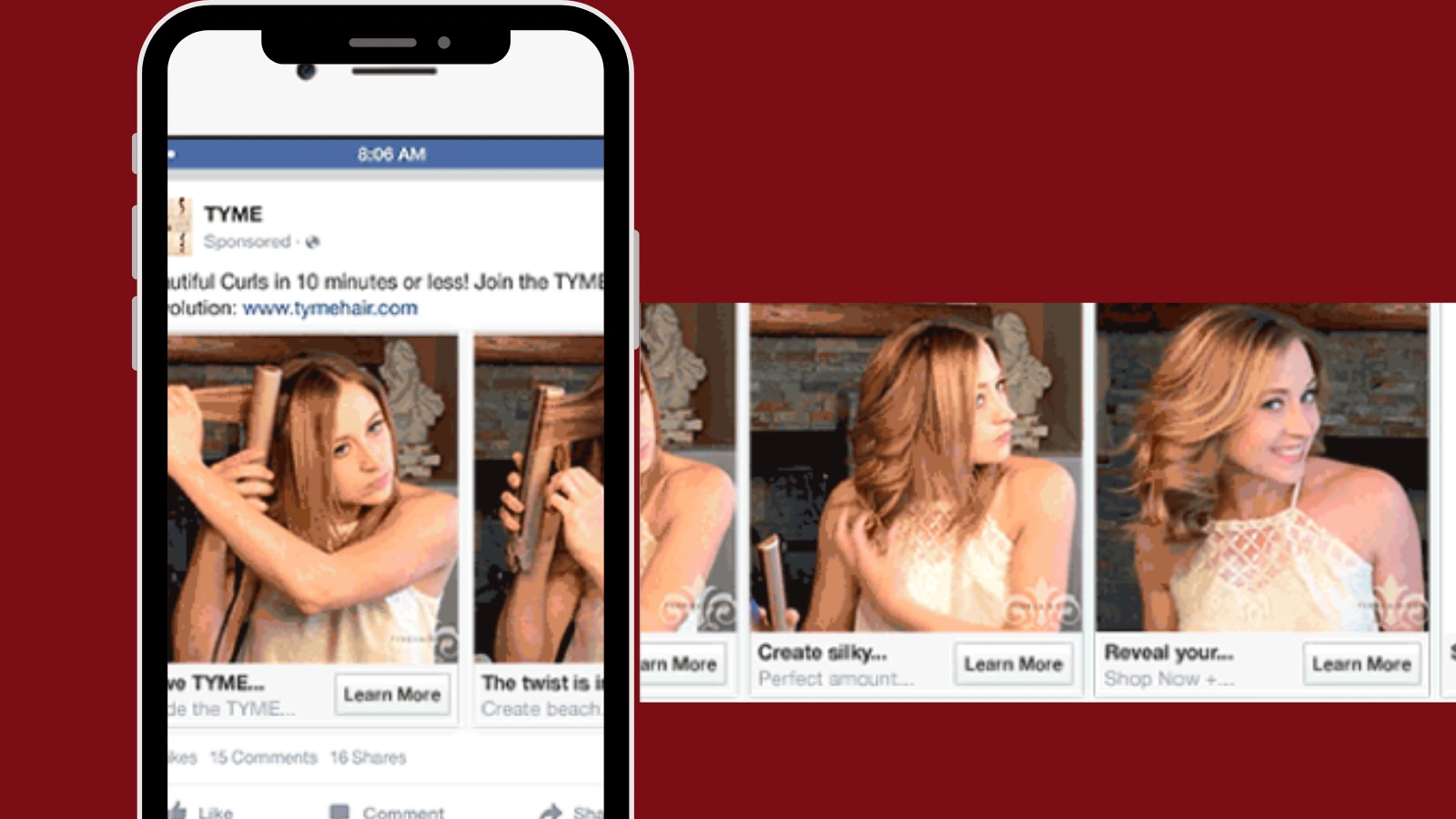
Creating effective social media ai tools for visual content starts with understanding your audience. What colors resonate with them? What formats do they prefer: reels, stories, image posts, or carousels?
Start with bold headlines, vibrant color contrast, and simple layouts. Make your offer clear within seconds. Keep branding visible, but never overpower the message.
Pair your visual advertisement with brief, compelling text. Make sure the image works without audio if it’s a video. And always test different versions to see what performs best.
An ad image creator can help when you don’t have a design team. These tools allow you to create professional visuals quickly and efficiently.
Best Practices For Visual Content Marketing On Social Platforms.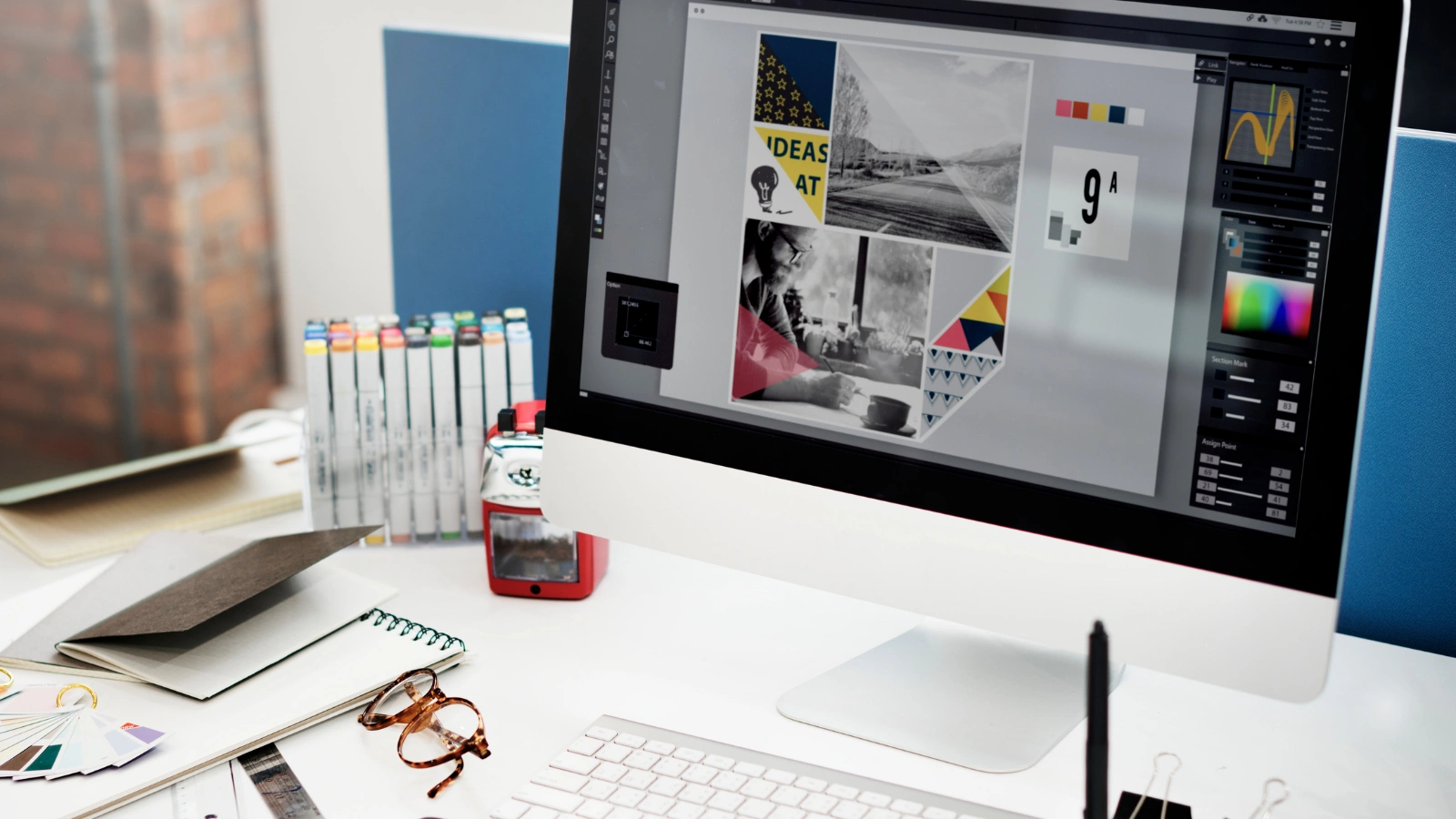
To truly master visual content marketing, consistency and clarity must lead the way. These tips help ensure every ad you run performs better than the last:
- Keep Your Branding Consistent
Use the same fonts, colors, and logo across all visual advertisement content. Consistency builds trust and recognition.
- Use High-Quality Imagery
Low-resolution visuals reflect poorly on your brand. Invest in good visuals or use an ad image creator like AdsGPT to create sharp, professional-looking assets. - Follow Platform Guidelines
Don’t let your ad get rejected. Make sure your visuals meet the size and text guidelines for each platform. A tool like AdsGPT automatically optimizes this for you.
Conclusion
In today’s fast-moving digital space, visual content is the key to grabbing attention and driving action. Whether you’re running ads on Instagram, Facebook, or LinkedIn, compelling visuals make your brand stand out. A powerful visual advertisement not only attracts but also converts. Tools like AdsGPT simplify the process, offering speed, strategy, and creativity in one place. Stay consistent, test often, and let your visuals do the heavy lifting for your marketing success.


